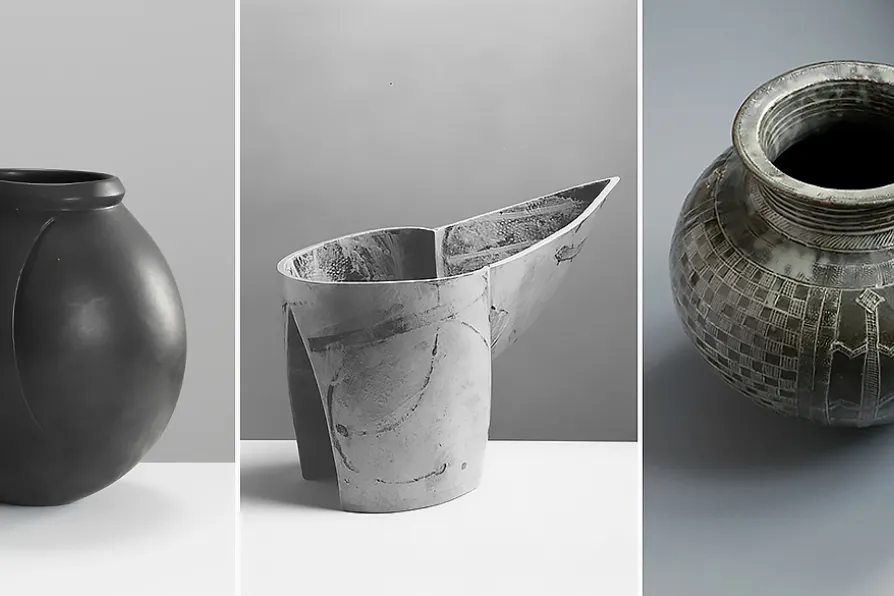RICHARD MURGATROYD enjoys a readable account of the life and meditations of one of the few Roman emperors with a good reputation

 FIRED UP: (Left to right) Magdalene Odundo, Early Vessel; Alison Britton, White Pot, 1991 and Ladi Kwali, Water Jar, c1960s
FIRED UP: (Left to right) Magdalene Odundo, Early Vessel; Alison Britton, White Pot, 1991 and Ladi Kwali, Water Jar, c1960s
Pioneering Women
Oxford Ceramics Gallery
PRODUCING utilitarian ceramic vessels is one the most ancient and well-documented human activities. Archaeologists digging at any site anywhere in the world prioritise, above all else, locating pottery as a trusted source of information.
The word ceramic derives from the Greek “keramos” meaning pottery, or a potter, and its Sanskrit root used to mean “burnt stuff.” Hence ceramic describes objects which have been formed with clay, hardened by firing and decorated or glazed.
A kitchen dating back 20,000 years was unearthed in a cave in China in the early 2000s, with a wealth of pottery fragments and a similar find in Britain — the Windmill Hill “cooking” pot — dates back to the Neolithic period of 4,000 BC. Today’s meat-and-lentil stew recipes can be traced to that era.

KEN COCKBURN assesses the art of Ian Hamilton Finlay for the experience of warfare it incited and represents













